How to experience the 2026 FIFA World Cup like a pro fan
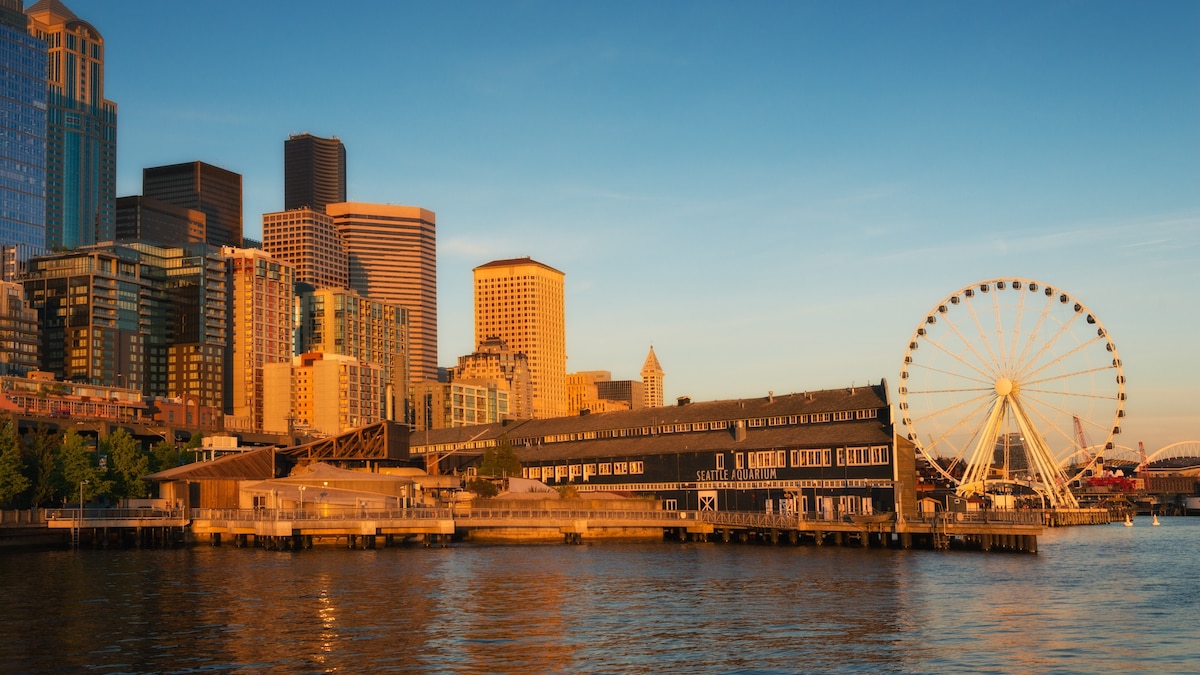
For a sense of how truly enormous the FIFA World Cup is, consider this statistic. The last Super Bowl was watched by 128 million people, while the last World Cup Final was watched by 1.5 billion people—more than 10 times as many.
The World Cup is not just the biggest soccer event on the planet, it’s a bona fide cultural phenomenon, sparking everything from wars (between Honduras and El Salvador in 1969) to seismic activity (Mexico’s 2018 defeat of Germany). Not to mention making household names of players from Pele and Maradona through Zidane and Beckham to Messi and Ronaldo.
(Soccer is the world’s most popular sport. But who invented it?)
The 2026 tournament will be the biggest yet, with a record 48 international teams competing across three countries: the United States, Canada, and Mexico.
The action—a mouth-watering 104 matches over 39 days—will take place in 16 host cities, with nearly 3,000 miles between the northernmost, Vancouver, and the furthest south, Mexico City.
This epic geographic spread lends itself perfectly to road tripping, with fan-zones and festivals happening across all three countries participating in the tournament.
The final draw takes place on December 5 in Washington, D.C., but with match-day tickets already selling and accommodation booking up, now is the time to start planning.
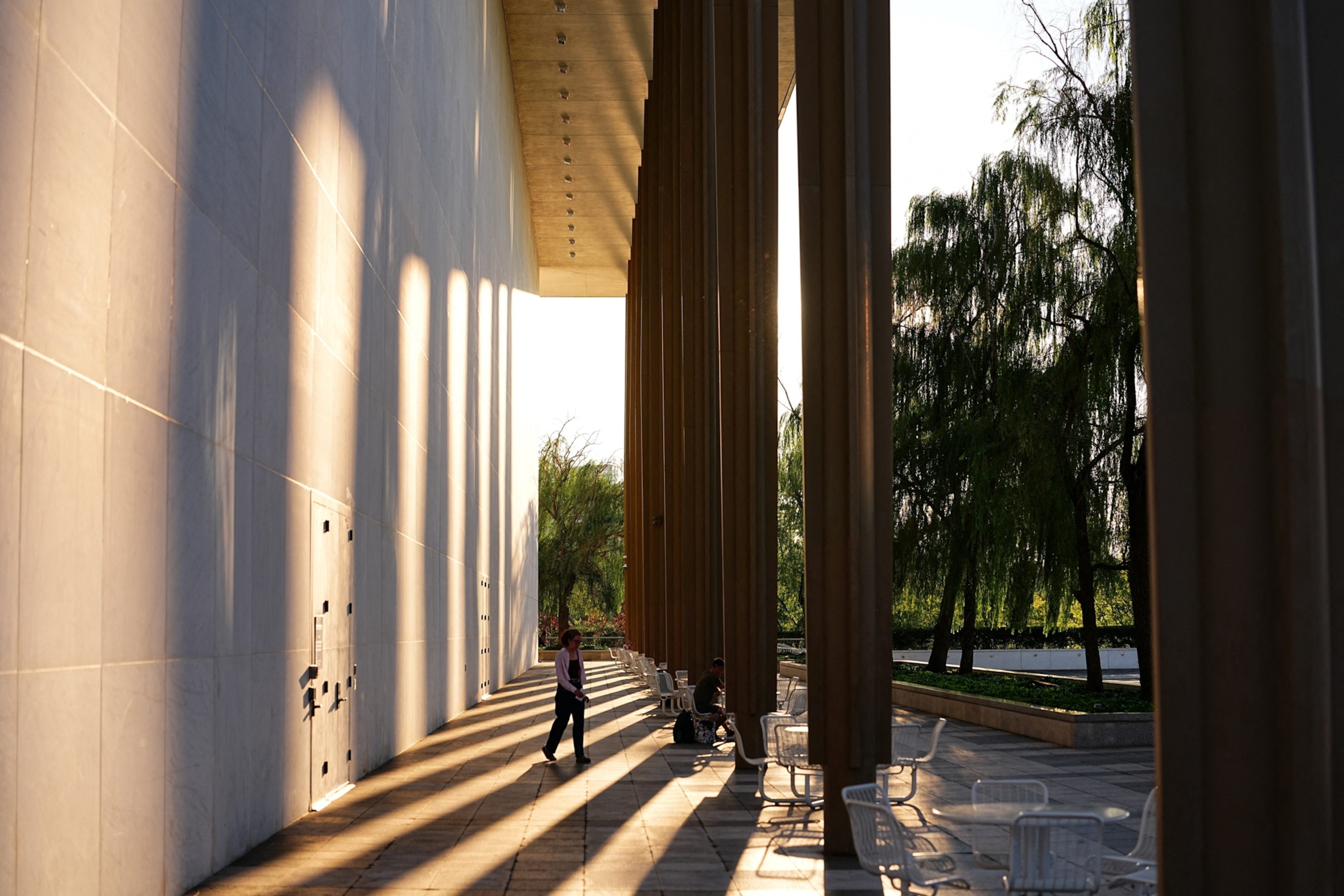
The 2026 FIFA World Cup draw will be held at the Kennedy Center on December 5, in Washington, D.C. Photograph By Aaron Schwartz/Reuters,Redux
Eastern Region
FIFA has officially separated the host cities into three regions. In the Eastern Region, you’ll find Toronto, Boston, Philadelphia, Atlanta, and Miami, plus New York/New Jersey, where the final kicks off at the MetLife Stadium on July 19, 2026.
This is arguably the easiest region to travel within, thanks to Amtrak’s strong presence and comfy new Acela trains. Whether you’re taking the train or driving, the big three northeastern cities—New York, Philadelphia, and Boston—are easy to combine due to their close proximity. Plus, these three cities will share an impressive 21 matches between them.
As a focal point for America’s 250th birthday celebrations next summer, Boston makes an excellent base for this region. Target the lively South End for its nightlife and stadium links, with The Revolution, a “boutique micro-hotel” offering stylish, affordable accommodation in the heart of the action.
(Follow in Malcolm X’s footsteps on a civil rights history tour in Boston)
Boston is also nicely positioned for road tripping across upstate New York to fellow host-city Toronto—stop for hot wings at Gabriels’ Gate in Buffalo while en route.
Canada’s largest city has a new landmark for soccer fans to enjoy in the form of artsy Biidaasige Park on the revitalized Don River, while the city’s tournament-long FIFA Fan Festival will take place at The Bentway—a beautiful new public space under the Gardiner Expressway.
Philadelphia and New York are planning big Fan Festivals of their own, but keep a close eye on Miami too, which has vowed a “vibrant” ongoing party “for locals and visitors alike, whether or not they hold a match ticket.” If you’re headed to Miami, there’s a fresh wave of hip new hotels to consider, including Thompson Miami Beach, The Sunny Resort, and Andaz Miami Beach.
Geographically, Atlanta is a superb staging point for international travelers. Not only is it home to one of the world’s busiest airports, but it also offers road trip potential in every direction. Atlanta is also an 11-hour-drive from Dallas via the lively honky tonks of Memphis, or a similar distance to Houston, via the laidback jazz of New Orleans.
Central Region
As a base for the entire tournament, Dallas makes perfect sense. Not only is it roughly equidistant from each coast and close to Mexico, but it also boasts the largest stadium of the lot—the Dallas Cowboy’s cavernous home, which will host a record nine games—and one of the biggest airports in the U.S. That’s why the world’s media will be based here, and you should consider doing the same.
The best hotel options include The Joule, The Adolphus Hotel, and The Statler, while two new museum exhibits: “Soccer: More Than A Game” at The Perot and “Game Changer: United by Sports” at the George W. Bush Presidential Center will keep things interesting on non-match days.
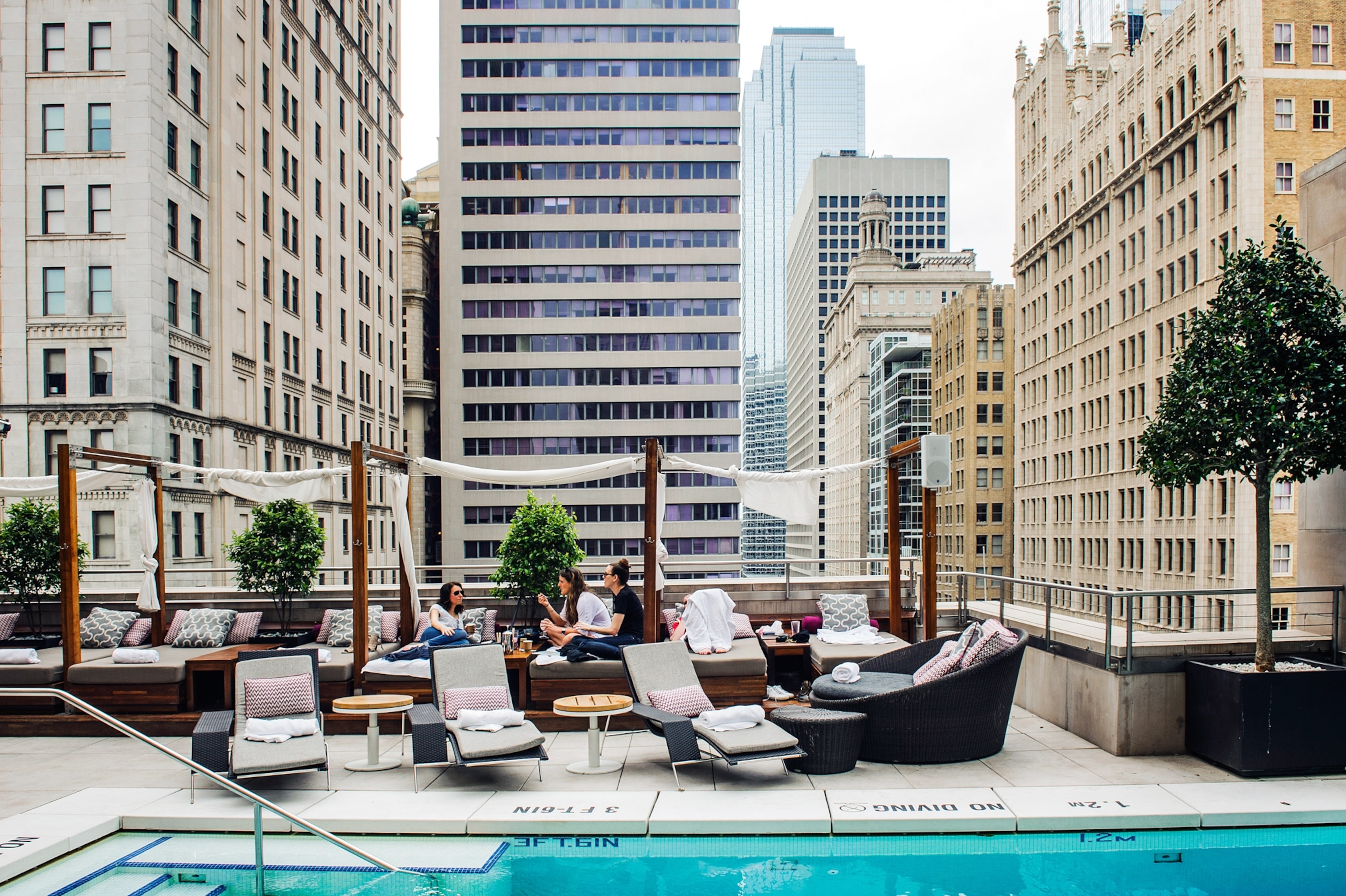
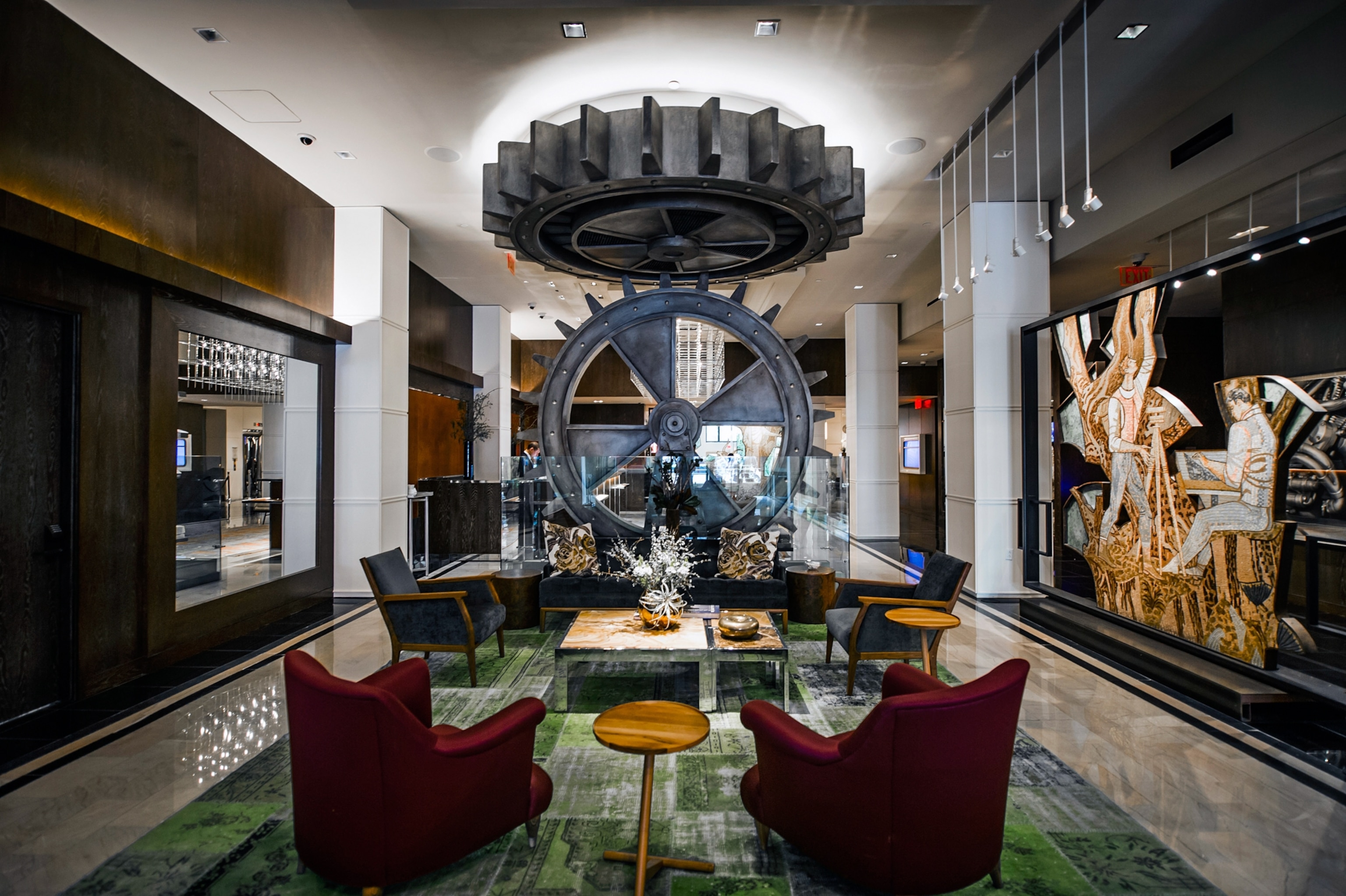
The Joule is a an iconic art-filled hotel in downtown Dallas.
Photograph By Dina Litovsky, Redux (Top) (Left) and Photograph By Dina Litovsky, Redux (Bottom) (Right)
Less than a four-hour-drive south, Houston will host seven matches, with overnight options including the new Hotel Saint Augustine in eclectic Montrose, and a restaurant scene that’s recently been showered with Michelin stars (highlights include BCN and Le Jardinier).
Locals swear by the luxury Vonlane bus service, which connects Dallas and Houston in first-class, leather-clad style, but sadly doesn’t extend north of Texas. If you want to continue on to Kansas City to catch any of the six games up there (and check out Travis Kelce’s new steak restaurant or the epic Museum of the BBQ while doing so), you’ll need to take the less comfy but equally efficient FlixBus, rent a car, or take a 90-minute flight from Dallas.
Flying is also the best way to get between the trio of Mexican venues completing FIFA’s Central Region. Mexico City, which will host the opening match at its legendary Azteca Stadium on June 11, 2026, is no stranger to the World Cup and has made significant transport improvements for its third tournament. If you’re heading here, consider staying in Coyoacán. It’s a leafy, walkable neighborhood which is particularly convenient for getting to and from the stadium while avoiding the inevitable traffic jams.
Mexico’s cultural capital, Guadalajara, is well worth extra time before or after key matches. Seek out Tlaquepaque, a colorful, artisanal neighborhood where you’ll find cozy, family-run restaurants like Casa Fuerte and Casa Luna. And be sure to save time for a day trip to the nearby city of Tequila for traditional distillery tastings.
Monterrey—which is significantly closer to Houston than it is to Mexico City or Guadalajara—will host four matches at its spectacular mountain-ringed stadium. If you’re heading into town for any of these, make a beeline for the atmospheric Barrio Antiguo Quarter, where you’ll find boutique hotels like Kavia Monterrey and Gamma Monterrey Gran Hotel Ancira.
Western Region
If you’re prioritizing the Western Region—which includes Vancouver, Seattle, San Francisco, and Los Angeles—then you’re in legendary road tripping territory, with the Pacific Coast Highway your route to the match. While this is almost certainly your best option, for the sweeping coastal views alone, you might also want to consider Amtrak’s Coast Starlight Train, which follows a similar route on rails.
Vancouver, a three-hour-drive from Seattle, will be hosting one of the biggest Fan Festivals at Hastings Park, with a colossal screen under the new Freedom Mobile Arch showing every game. For accommodation, focus on the trendy warehouse district of Yaletown, near the BC Place Stadium itself, where accommodation options include OPUS Vancouver and the Georgian Court Hotel.
(Whales, wilderness, and whisky: A traveler’s guide to the east side of Vancouver Island)
Down the road and across the border, Seattle’s long-awaited new Waterfront Park is now open and is a 10-minute walk from the stadium, which is handily downtown. Target the convenience of nearby Pioneer Square when choosing your accommodation (Hotel 1000 and Populus are the standouts), and revel in the most pedestrian-friendly fan experience of the entire tournament.
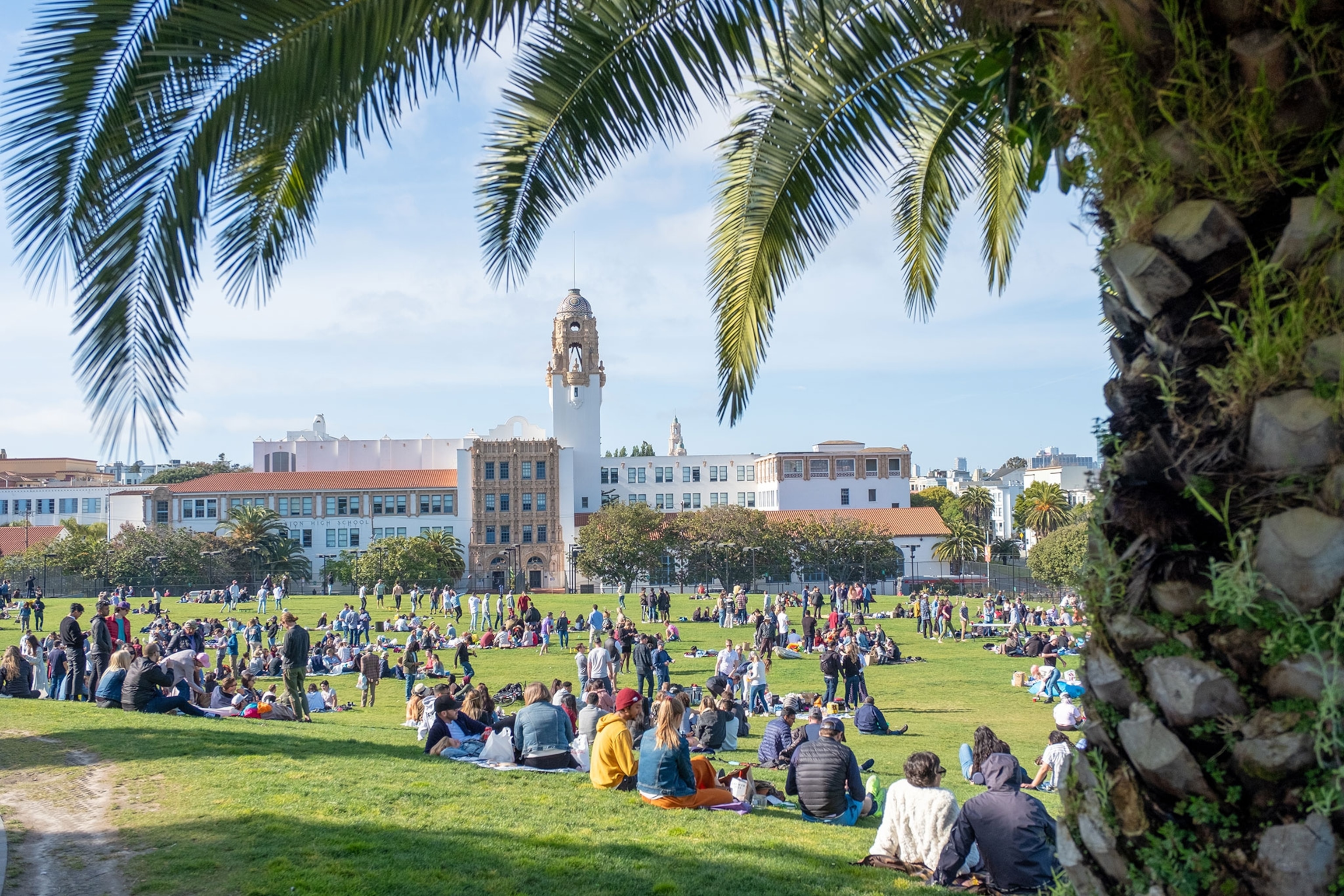
Fan Festivals will take place in San Francisco, Oakland, and San Jose. Photograph By Larry Zhou, Shutterstock
In many ways San Francisco is the complete opposite, with Levi’s Stadium more than 45 miles from downtown, in Santa Clara. Leaning into this, it’s been announced that the entire Bay Area is hosting the World Cup, with official Fan Festivals taking place across all three major cities: San Francisco, Oakland, and San Jose.
Hosting the first match of the US Men’s National Team on June 12, 2026, Los Angeles makes for the most logical West Coast base (check out the newly renovated Sonesta Hotel near LAX, a 10-minute-drive from the host SoFi Stadium). By 2026, the City of Angels will have its highly anticipated Automated People Mover in operation, as well as major new attractions open to enjoy between matches, including the recently expanded Los Angeles County Museum of Art and the blockbuster Lucas Museum of Narrative Art.
link




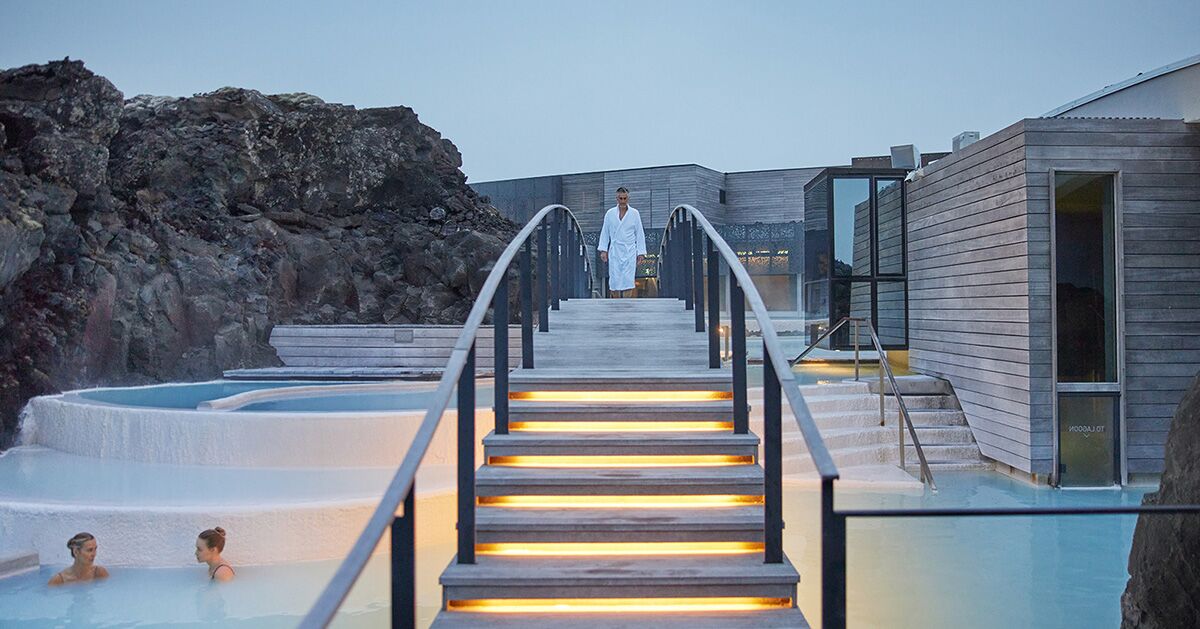
:max_bytes(150000):strip_icc()/tal-stasher-beauty-4-pack-danielle-calma-05-1-57fd8bcf49a34029a054ca2292d3f221.jpeg)

